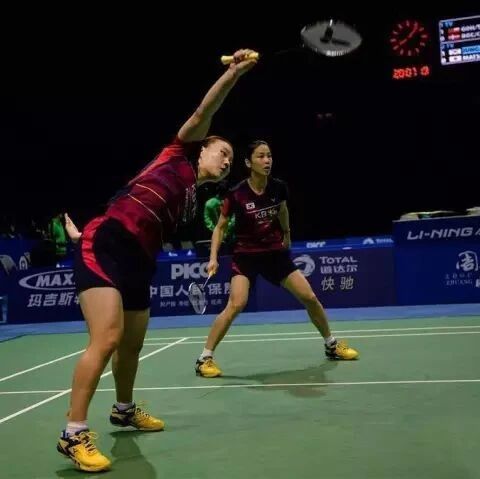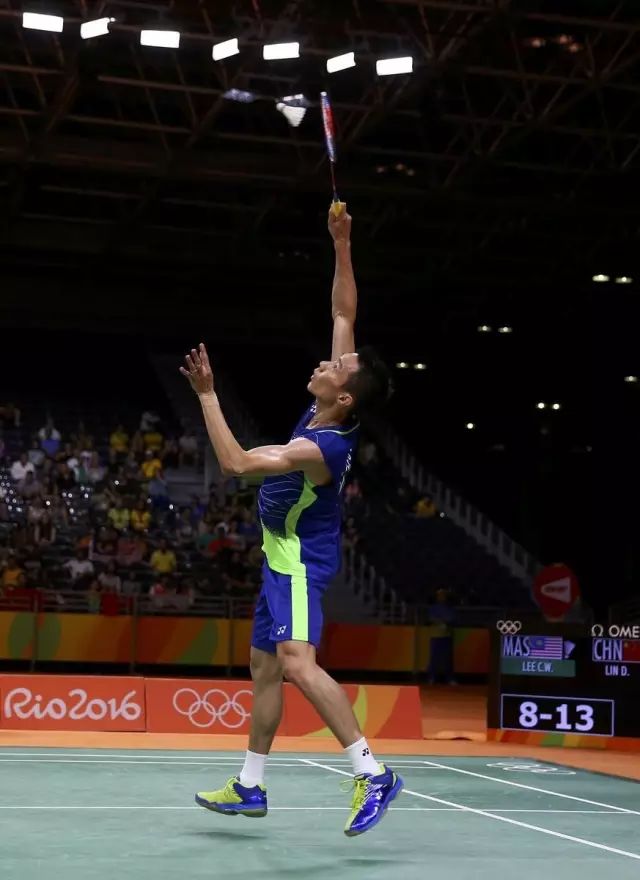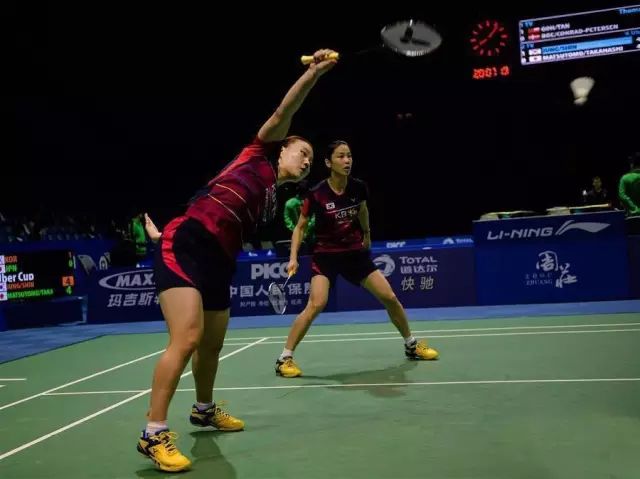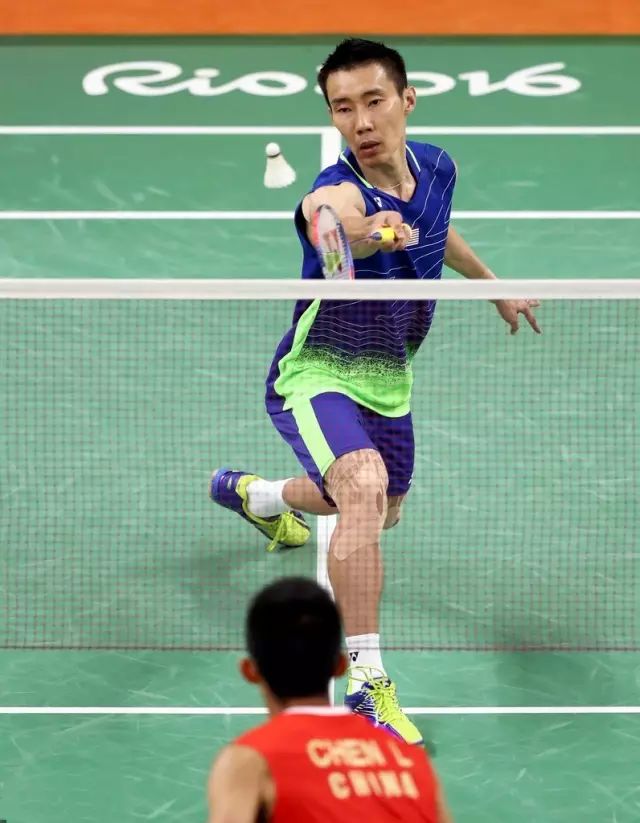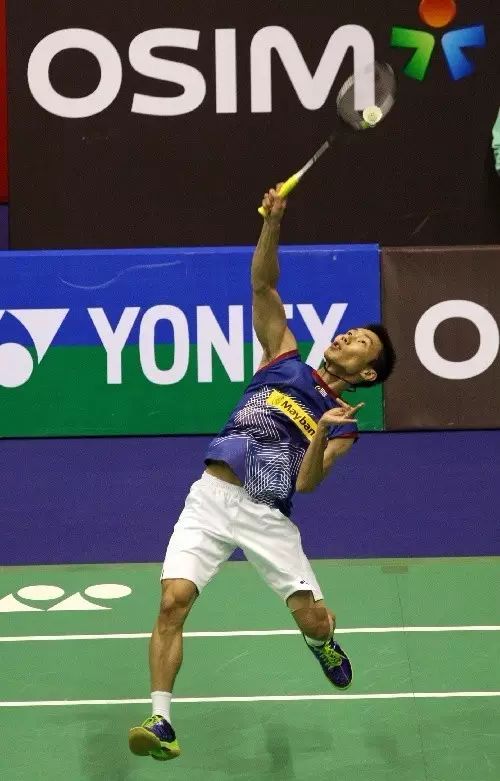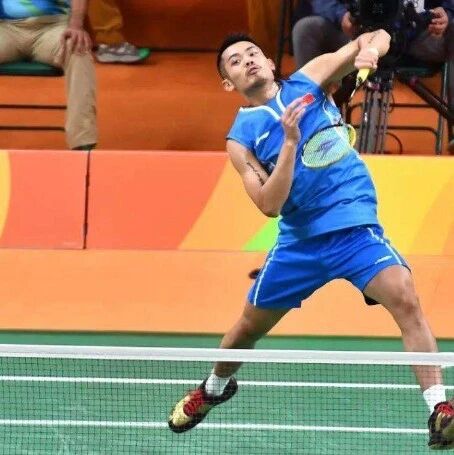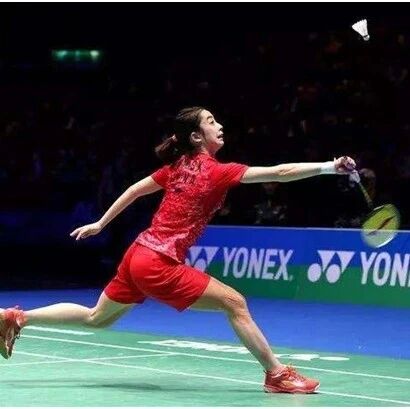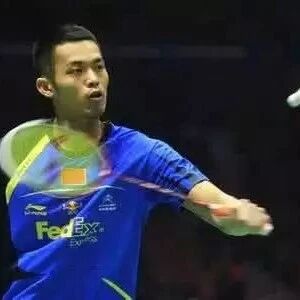
On the court, the speed of movement is closely tied to your center of gravity and the relative positioning of your left and right feet. The position of your center of gravity influences your ability to initiate motion, while the alignment of your feet determines how quickly you can change direction or accelerate.
The center of gravity is generally categorized as: high, low, front, and back.
Height and knee bend depend on the degree of flexion, while forward and backward movement relate to the extent of leaning or arching the body. As for the relative positioning of the left and right feet (using a right-handed player as an example):Stand with your feet parallel, left foot behind and right foot in front—then switch, placing the right foot behind and the left foot in front.Generally speaking, when defending, bend your knees deeply and lower your center of gravity. At this moment, position your feet parallel to each other, with the balls of your front feet firmly planted on the ground and your heels slightly lifted. Keep your body leaning forward slightly, ensuring that most of your weight rests on the balls of your front feet. Additionally, maintain a wider stance between your feet during defense, as this helps keep your center of gravity more stable.However, when adopting this defensive positioning close to the middle and backcourt, always keep an eye out for the opponent's drop shot near the net. If they attempt a drop shot, it’ll be tough for you to react quickly—so don’t position yourself too far back. Staying slightly closer to the net will allow you to spring into action swiftly and effectively defend their return.During the attack,The center of gravity is typically shifted onto the foot on the side of the dominant hand (the right foot), with a moderate distance between both feet to facilitate efficient power generation.
At the net,Balance is shifted onto your right foot, with your body leaning slightly forward and your knees gently bent—this setup is designed to quickly close the net and return the ball.
In the backcourt,The center of gravity is also on the right foot, but here’s the difference: your body is slightly leaning back, and your knees are gently bent. The purpose of this posture is to store energy for a powerful push-off. The side of your body where your center of gravity is located is the side from which you’ll generate force; the foot bearing that same weight is your power foot, while the foot opposite—where your weight isn’t centered—is your stepping foot.During the standoff,Generally speaking, when executing a flat, quick drop shot from the middle of the court, you should lower your center of gravity and bend your knees. The degree of bending can be measured relative to the height of your shoulders compared to the net tape—ideally, your shoulders should be level with the net. This positioning helps you maintain better control and clarity during the shot.
Seeing the height of the ball relative to the net makes it easier to control your return. Position your feet slightly wider than shoulder-width apart, and consider adopting a stance with your right foot slightly forward—especially when you’re taking the initiative with a flat drive—to help you move quickly onto the net and put pressure on your opponent.While anticipating, initiate your center of gravity shift. As your opponent is about to strike the ball, subtly lift your body's center of gravity upward and naturally shift it onto the balls of your front foot—positioned slightly forward. When raising your center of gravity, you can briefly lift both feet off the ground, but avoid going too high. The key is to time the movement perfectly; lifting too early or too late will hinder your ability to quickly respond and get into position.The relative positioning of your feet can determine whether your movement feels smooth or not. For instance, if you're surfing the web but your right foot is still trailing behind, it’ll naturally slow you down. That’s why these subtle details beneath your feet play a crucial role in how effortlessly—or awkwardly—you move.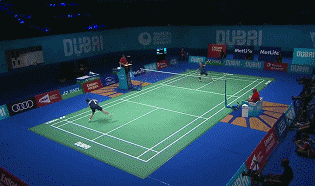
Amateur players often find themselves wobbling awkwardly on the court—slow to start, sluggish in their movements, and unable to stop once they’re in motion. These common struggles usually stem not just from clumsy footwork, but also from overlooked technical details.To clearly understand the relative positioning of your center of gravity, you need to master control of your core strength—so make sure to prioritize core-strengthening exercises in your daily routine. Additionally, become proficient in managing the relative positions and spacing of your feet, as well as fine-tuning the degree of knee bend. Strengthening both your ankle and knee joints will enable you to execute quicker ground-off starts and maintain stable, balanced body movements.Only by refining these details relentlessly can you become more stable and faster on the court. The true distinction between a master player and the average lies in their ability to execute every movement with pinpoint precision. So, if you want to stay one step ahead, mastering your center of gravity and maintaining the perfect balance between your feet is essential.
More article recommendations:
How can an amateur player become a true expert? Hard practice is all it takes to work wonders!
Tip: What should you do if your hands are shaking after playing sports?
Battling practice requires speed—faster, even faster, and *a little* faster!!!
Zhao Jianhua, Yang Yang, and Li Mao have prepared over 100 lessons for everyone, covering techniques like badminton net play, backhand cross-court hooks, and smashes. Click "Read the Original Article in the Bottom Left Corner." If you're looking to improve your badminton skills, don't miss this—this is a must-see!

Click here to learn 100 lessons.